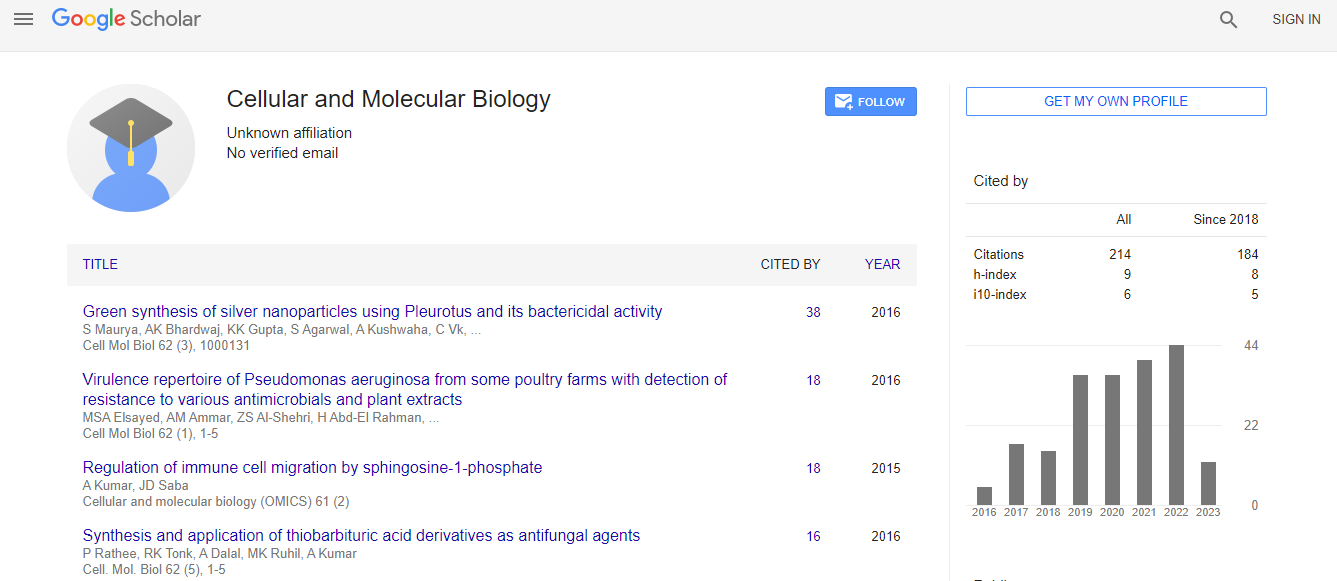Molecular Mechanism of Ferroptosis: An Overview
*Corresponding Author:Received Date: Nov 01, 2024 / Published Date: Nov 30, 2024
Copyright: © 0 . This is an open-access article distributed under the terms of the Creative Commons Attribution License, which permits unrestricted use, distribution, and reproduction in any medium, provided the original author and source are credited.
Abstract
Ferroptosis is a regulated form of cell death driven by the accumulation of lipid peroxides in an iron-dependent manner. Distinct from apoptosis and necrosis, ferroptosis is characterized by its unique biochemical and molecular signatures. This overview delves into the molecular mechanisms underlying ferroptosis, highlighting key players such as iron metabolism, lipid peroxidation, and antioxidant defenses. Central to these processes are proteins and enzymes like GPX4, ACSL4, and various iron transporters, which together orchestrate the balance between cell survival and death. The significance of ferroptosis extends to diverse pathological contexts, including cancer, neurodegeneration, and ischemia-reperfusion injury, suggesting its potential as a therapeutic target. Understanding these mechanisms not only enhances our knowledge of ferroptosis but also paves the way for innovative treatment strategies in diseases where this form of cell death plays a crucial role.

 Spanish
Spanish  Chinese
Chinese  Russian
Russian  German
German  French
French  Japanese
Japanese  Portuguese
Portuguese  Hindi
Hindi 
